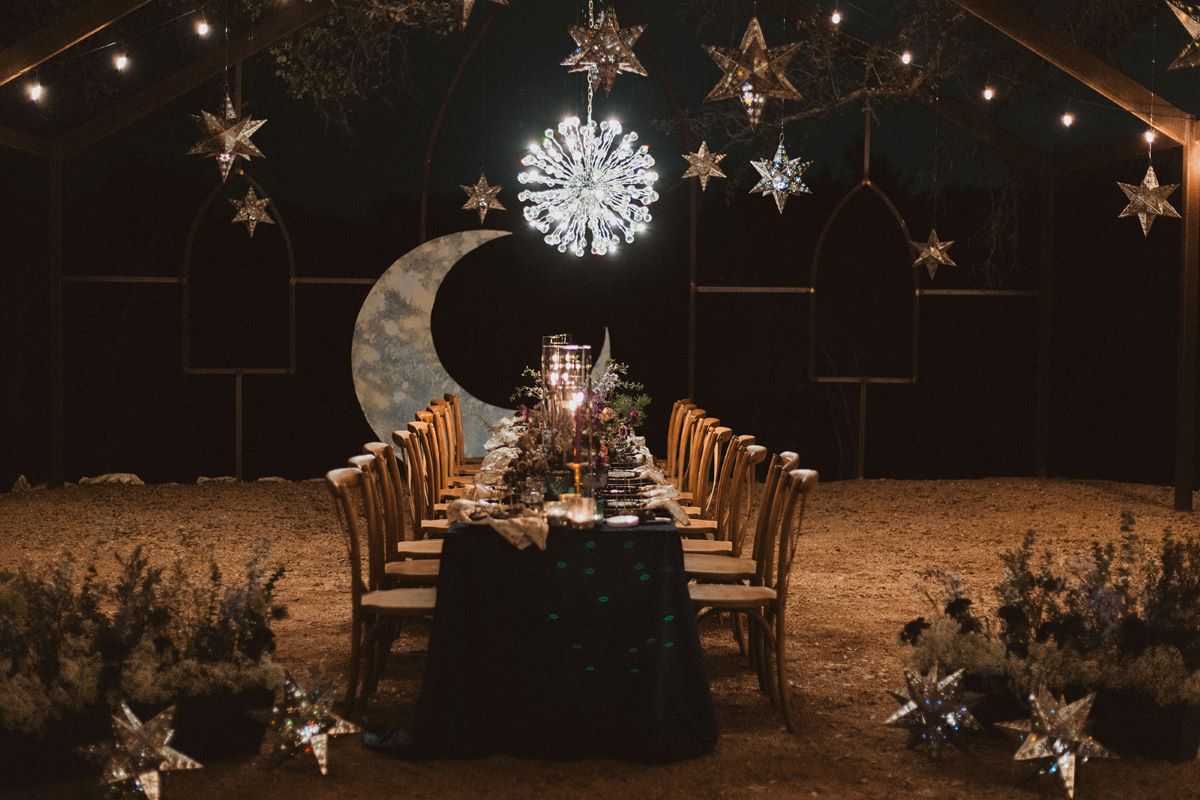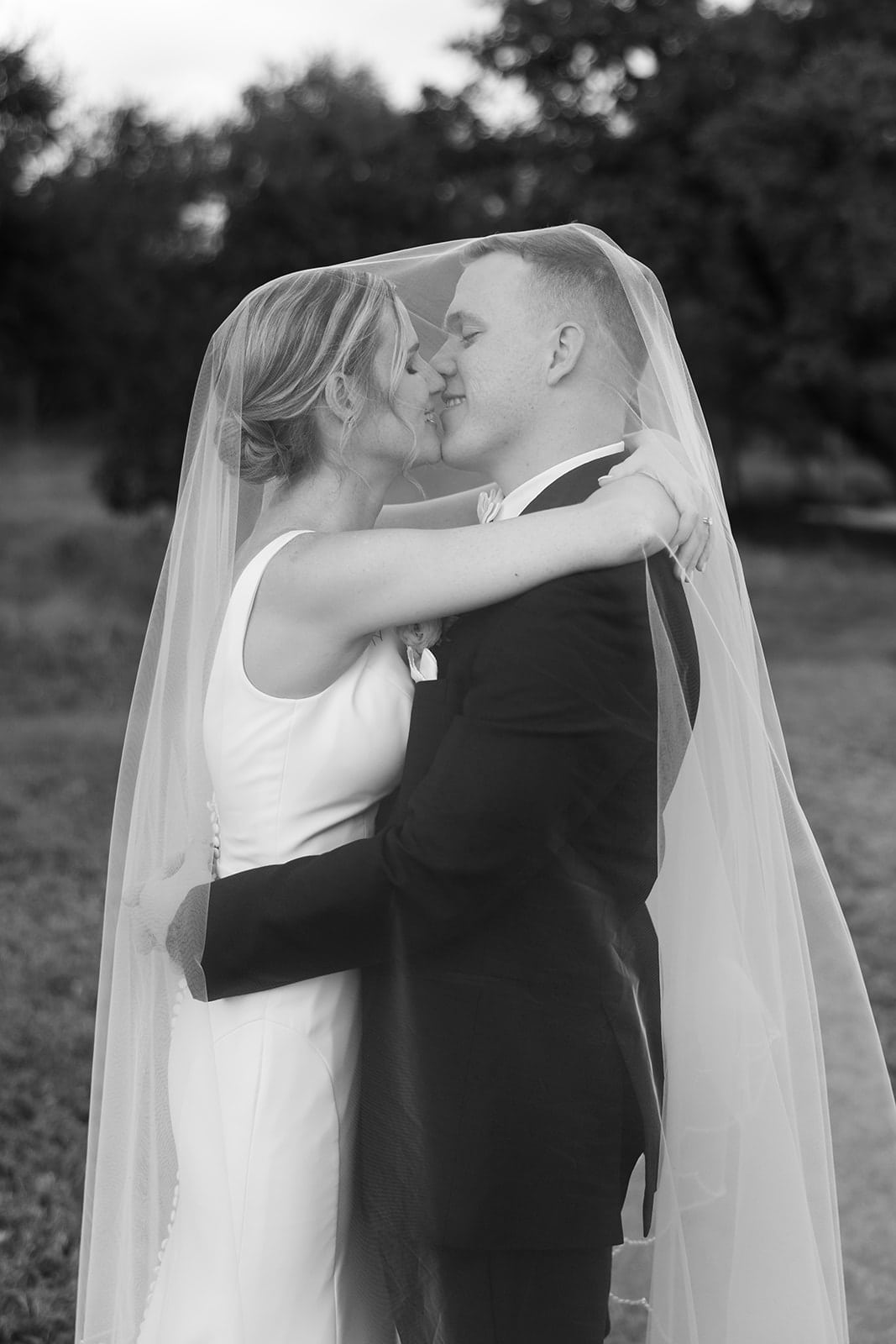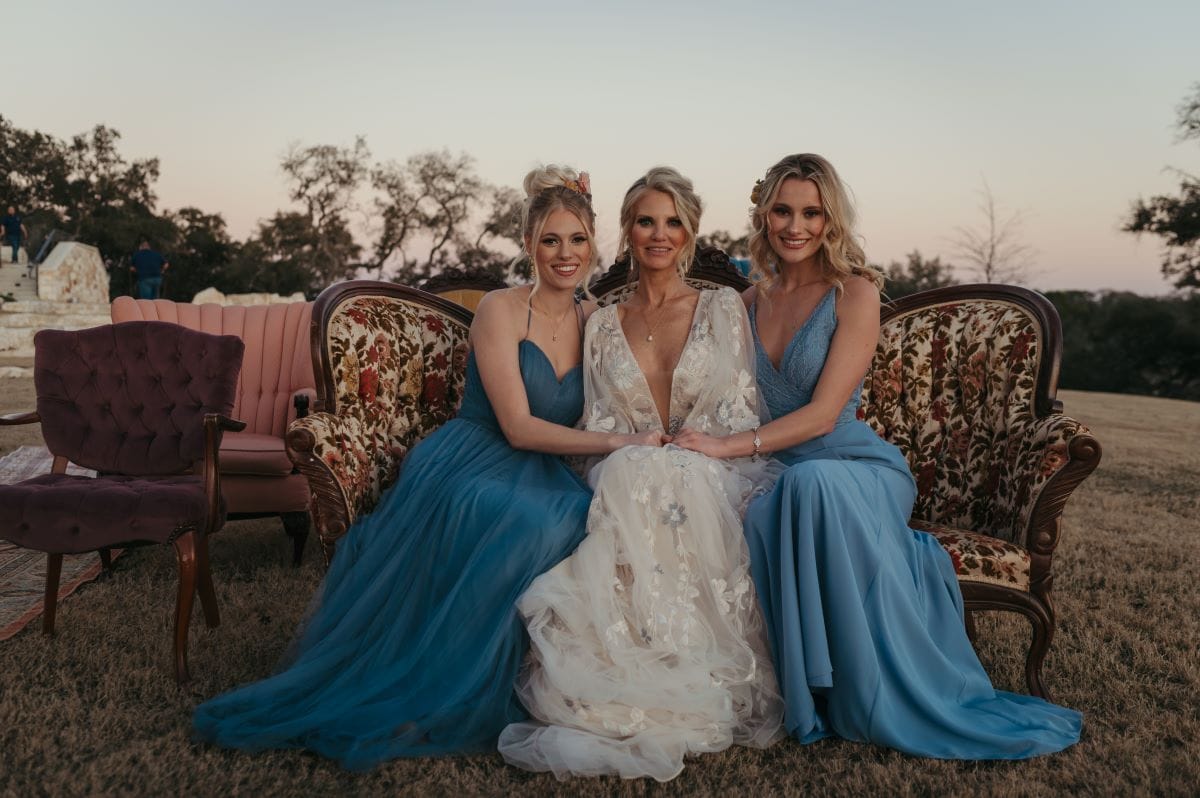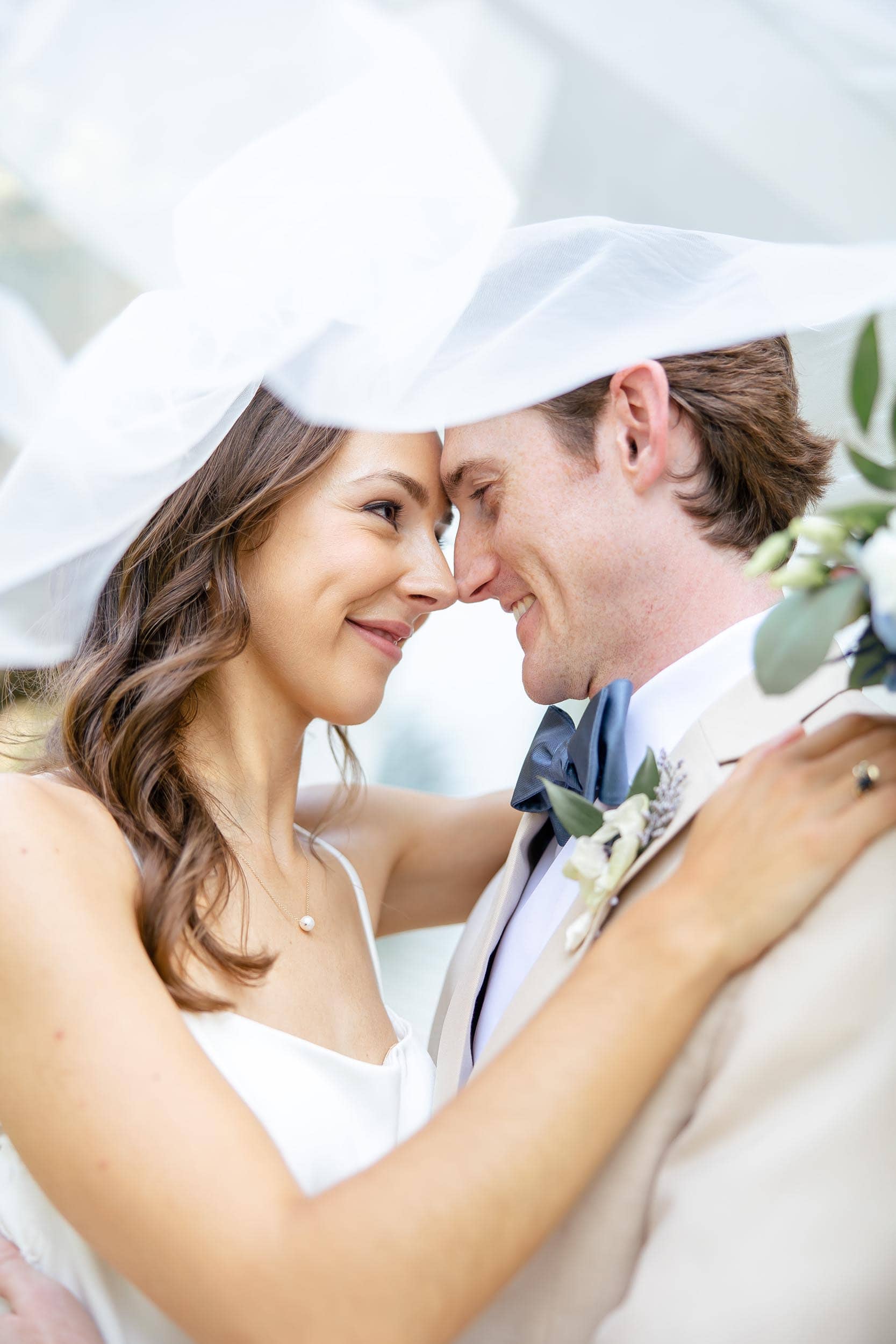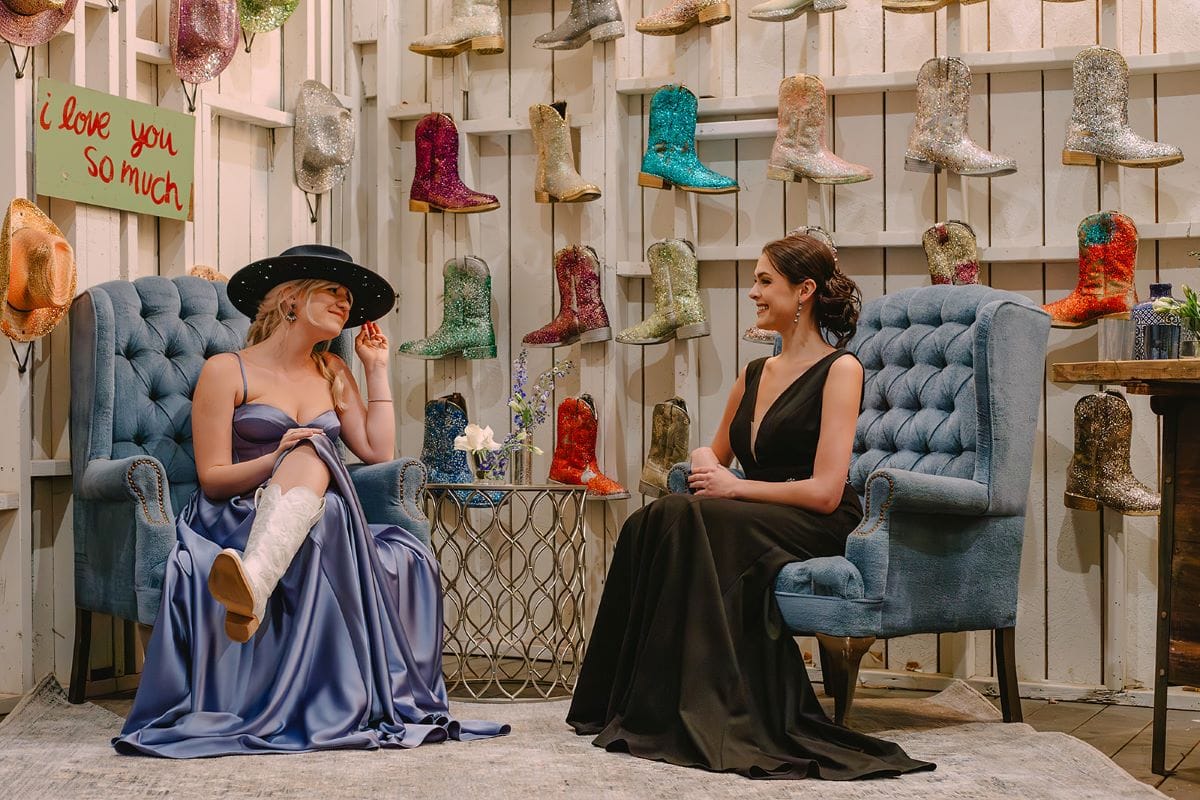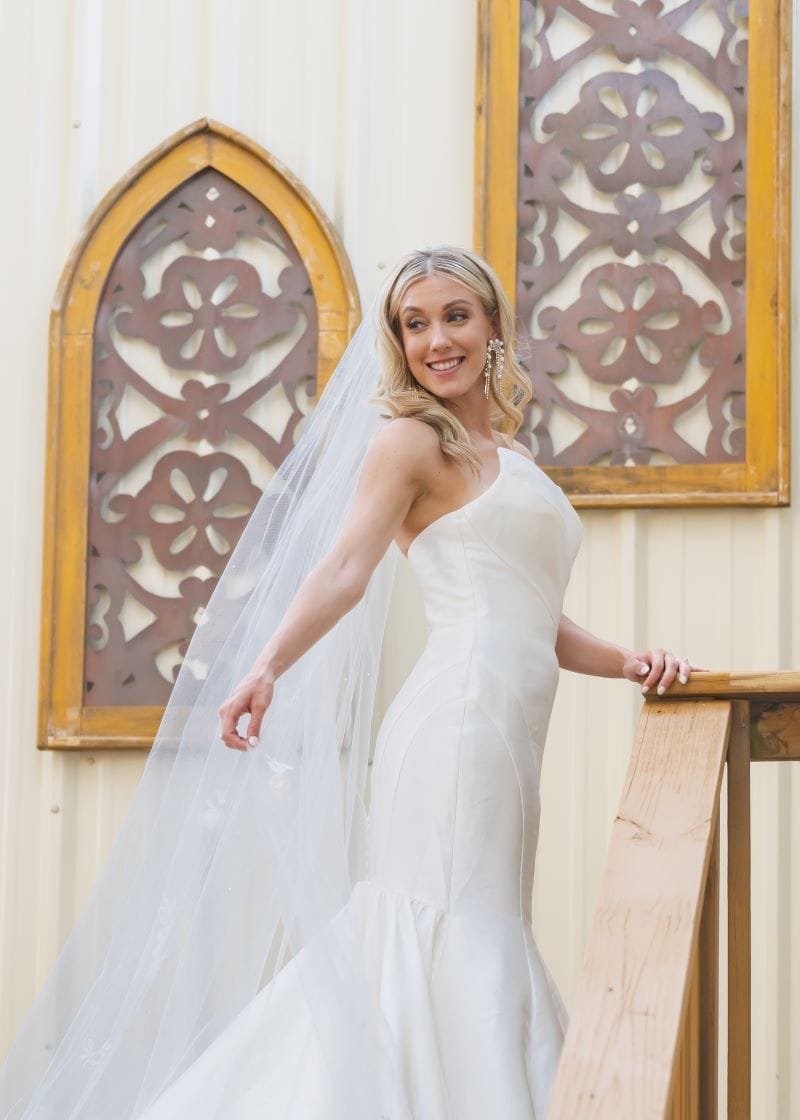Wedding Traditions Explained
Where it all Began:
Weddings are exciting, such exciting events! From beaming brides-to-be showing off their engagement rings to tear-inducing vow exchanges. From romantic proposals to rice throwing, weddings traditions are part of our culture. Over the years, these traditions have become second nature to us. Have you ever wondered how these wedding customs began? Here is a look at the origin of some popular traditions and the meanings behind them.
Kneeling during the Proposal
Dropping to one knee has become essential to wedding proposals today, but the origins of this tradition are unclear. One possible origin is from the tradition of courtly love during Medieval times. Chivalrous and noble Knights would kneel before their lords to receive honors. Additionally, conquered armies during battle knelt. Thus, they think that kneeling before the woman you will marry is a request for the woman’s favor, as there is a risk that she may reject the proposal. You could interpret this kneeling as a symbol of loyalty and surrender to her.

“Something Old, Something New, Something Borrowed, Something Blue.”
This popular saying dates back to Victorian times, and many brides still incorporate this tradition in their weddings today. Each item in this rhyme represents a symbol of good luck for the bride. They believe that incorporating all the symbols into the wedding day will bring prosperity and luck. “Something old” represents the bond to the bride’s family and her old life. “Something new” symbolizes the beginning of the couple’s new life together as well as hope for happiness, prosperity, and success. “Something borrowed” is typically an item from a happily married woman that the bride admires. Wishing the item will impart similar happiness to the bride. Lastly, “Something blue” has roots in Ancient Rome where brides wore blue to symbolize faithfulness, humility, and love.
Bridal/Wedding Showers
Legend has it that many years ago in Holland, a young girl gave her heart to a poor but well-liked miller. Her father did not approve and refused to give her the dowry. Word spread throughout the small town and the townsfolk decided to pool their resources. In a procession, they came to her, each one offering a modest gift for her new home. In the end, the young woman and her beloved miller had more than the father could have ever provided. This kind of gesture has become today’s modern bridal shower.
The White Wedding Dress
Wedding dresses have not always been customary for brides. In fact, according to the Old Farmer’s Almanac, brides wore their best outfit and wore specific colors according to the following rhyme:
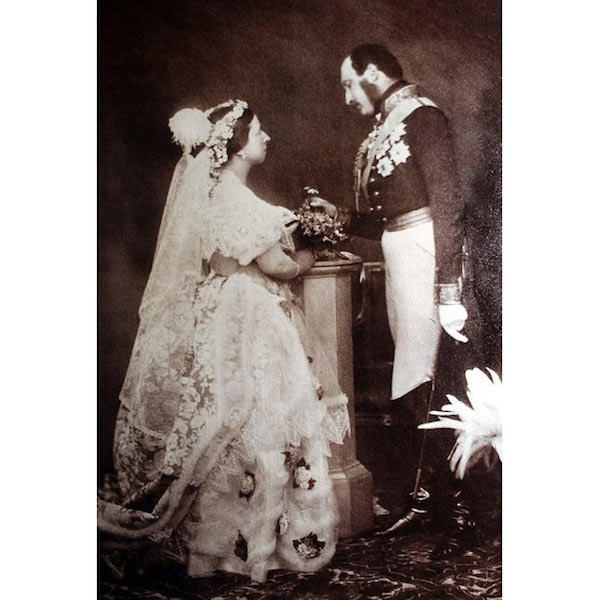
Married in White, you have chosen right,
Married in Grey, you will go far away,
Married in Black, you will wish yourself back,
Married in Red, you will wish yourself dead,
Married in Green, ashamed to be seen,
Married in Blue, you will always be true,
Married in Pearl, you will live in a whirl,
Married in Yellow, ashamed of your fellow,
Married in Brown, you will live in the town,
Married in Pink, your spirit will sink.
Avoiding green, as they considered it an unlucky color. White was not the typical choice for wedding attire as it was a symbol of wealth, as the couple could afford to have the dress cleaned.
Queen Victoria, had more influence on weddings than on any other monarch. Set the trend for the extravagant white wedding gown when she married Prince Albert in 1840 at St. James Palace in London. She is also the reason brides are the only person to wear white at weddings because she asked for no one else to wear white.
Giving Away the Bride
This tradition has its roots in the days of arranged marriages. Daughters were their father’s property. It was the father’s right to give his child to the groom, usually for a price. Today, it is a symbol of the father giving his blessing and approval for the marriage.
The Ring Bearer and Ring Pillow
For centuries, all cultures used ceremonial pillows for all significant occasions. Carrying the king’s crown during coronation, the ceremonial sword during Knighting and even Cinderella’s slipper. The ceremonial pillow has always carried an item that symbolizes a great change in our lives — the kind of change that we dream about when we lay our heads down to sleep. When the ring bearer walks up the aisle with the pillow, he not only holds the rings but also the promise of all your dreams fulfilled. The reason a child carries the rings is that youth represents innocence, the future, and new beginnings.
The Wedding Veil
During Roman times, brides already wore veils the color of fire to keep away evil spirits. They considered Brides be vulnerable to becoming bewitched or possessed. Over the years, the veil became white and became a symbol of modesty, humility. In the Victorian era, the veil became a status symbol: the longer and more embellished the veil was, the higher the status of the bride and her family.
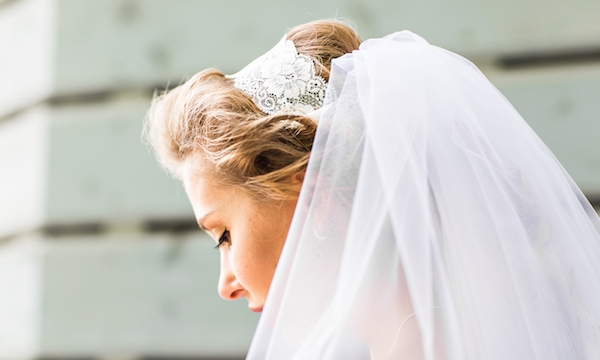
The Bridal Bouquet and Boutonniere
Traditionally, they made bouquets of scented bunches of garlic, fruit blossoms, and herbs. The bride would carry a bundle of these items to ward off evil spirits and impurities. Over the years, flowers replaced the herbs and grains to symbolize happiness, good luck, and prosperity. The bride chose flowers according to they’re meaning to express her feelings for her groom. For example, daisies signify loyalty, violets signify modesty, and red roses signify true love. The boutonniere tradition originated during medieval times when a knight wore flowers in his lady’s colors, as a statement of his love for her.
Toasts
In England, gin was a popular beverage choice during celebrations, especially weddings. But, it was
Tossing birdseed, confetti, rice, etc. at the newlyweds
The throwing rice at newlyweds dates back to ancient Egyptian societies. Where rice symbolized prosperity and fertility. In Morocco, they throw raisins and dates as a symbol of a “fruitful” union. And in Italy, they throw confectionary such as sugared nuts and fruit that represent “sweet matrimony”. Today birdseed, confetti, and bubbles are popular choices to shower newlyweds with as they head off to their honeymoon!
The Wedding Cake
Sharing the first piece of a wedding cake comes from an ancient Roman tradition. The Romans believed that the cake itself was a symbol of fertility and prosperity. Sharing the first piece creates a special bond between the couple and represent the beginning of a long life together.

The Bouquet Toss
In ancient times, they believed that a bride was especially lucky on her wedding day. Guests (especially single women ) would often rush the bride after the ceremony. And tear her dress, so they could take this “good-luck keepsake” home with them. So brides tossed their bouquets to prevent this but continue the keepsake tradition.
Carrying the Bride Across the Threshold
Carrying the bride across the threshold did not begin as the romantic “sweeping her off her feet” gesture most of us think of it as today. Like the wedding veil, the groom carried the bride across the threshold to protect her from evil spirits.
Engagement rings, the ring finger, and the exchanging of rings
In 1215, Pope Innocent III established a law mandating waiting period between the time couples got engaged and the time they got married. At the same time, he established a law mandating that to hold weddings in the church, and exchanging rings would be a symbol of unity. It was during this time that the wealthier population began the tradition of the engagement ring.
In the 17th century, priests would recite “In the name of the Father and the Son and the Holy Spirit”. As the groom slid the wedding ring halfway up the bride’s thumb, index, and middle finger. Before placing the ring on the third finger, thus deeming it the “ring finger”. Additionally, ancient Egyptians and Romans believed that the vein in the third finger of the left hand went straight to the heart. Thus, the other reason placing engagement and wedding rings on this finger is to stand as a symbol of eternal love.
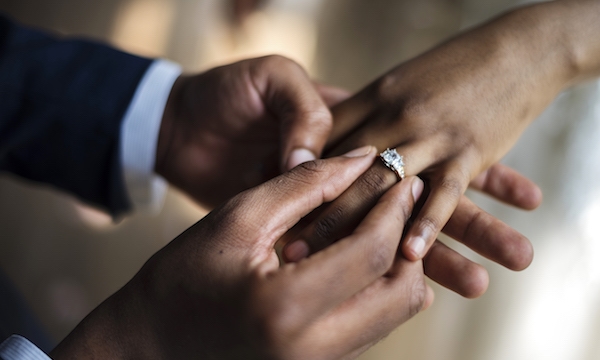
“You May Now Kiss the Bride”
The celebratory kiss that concludes the wedding ceremony represents joining the souls of the newlyweds. In Roman times, the kiss “sealed” the couple’s agreement to join in a life-long commitment.
From engagement rings to honeymoons, there are more wedding traditions and customs than you can imagine! We hope you’ve enjoyed learning about the origins of and meanings behind some of the most important customs that still endure today. Next time you attend a wedding, we hope you will think about this list and share a bit of knowledge with your fellow guests!

